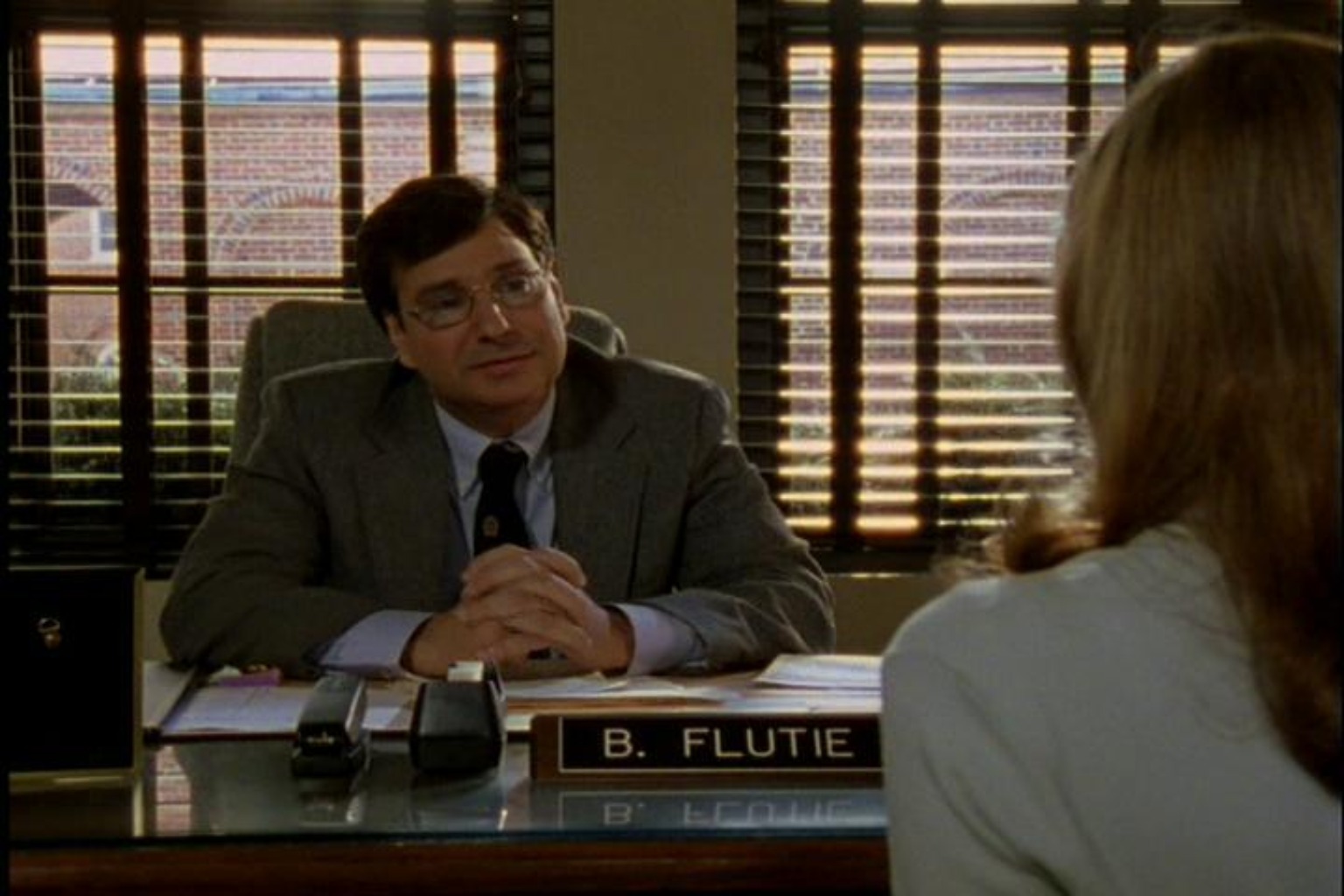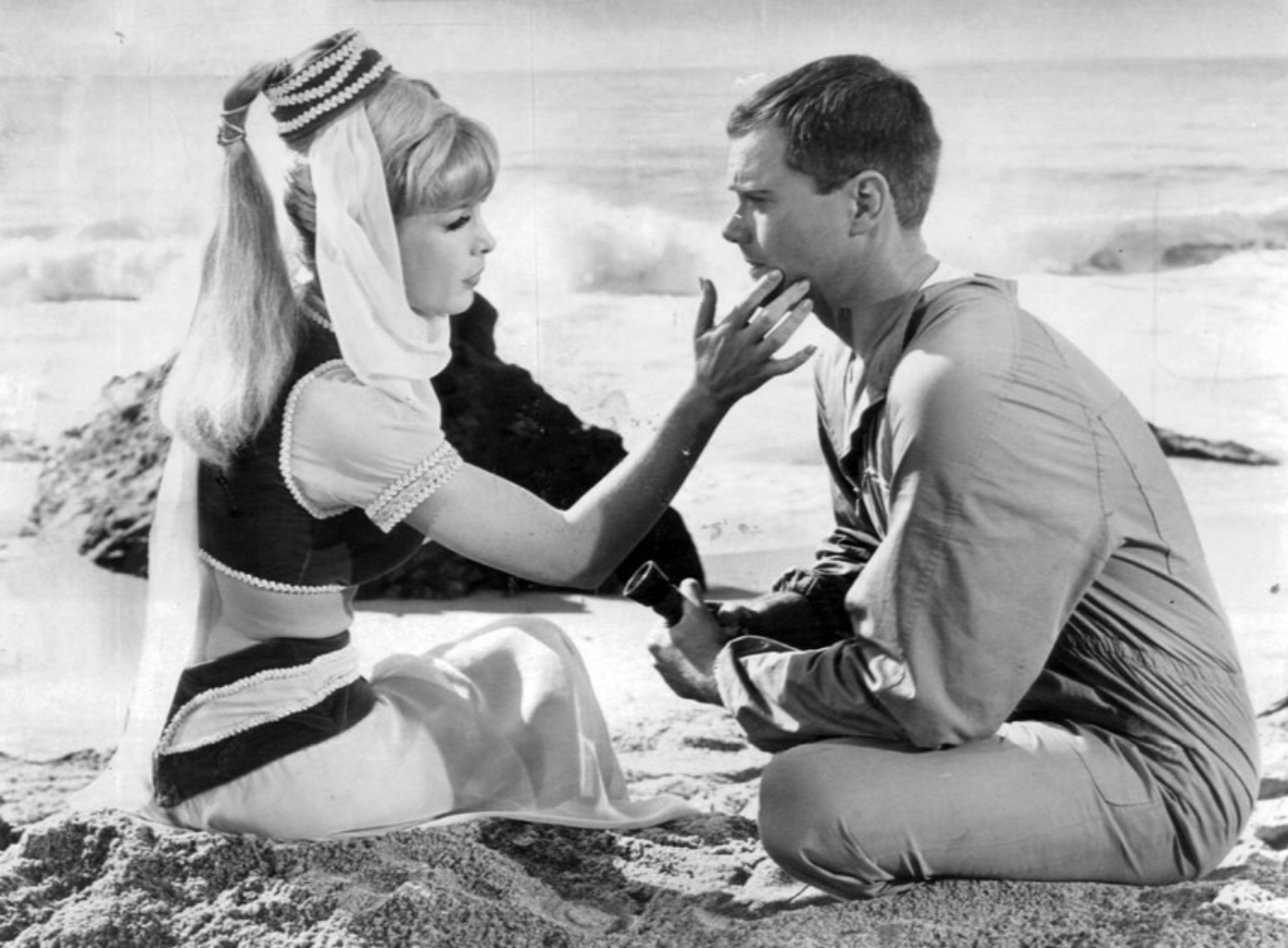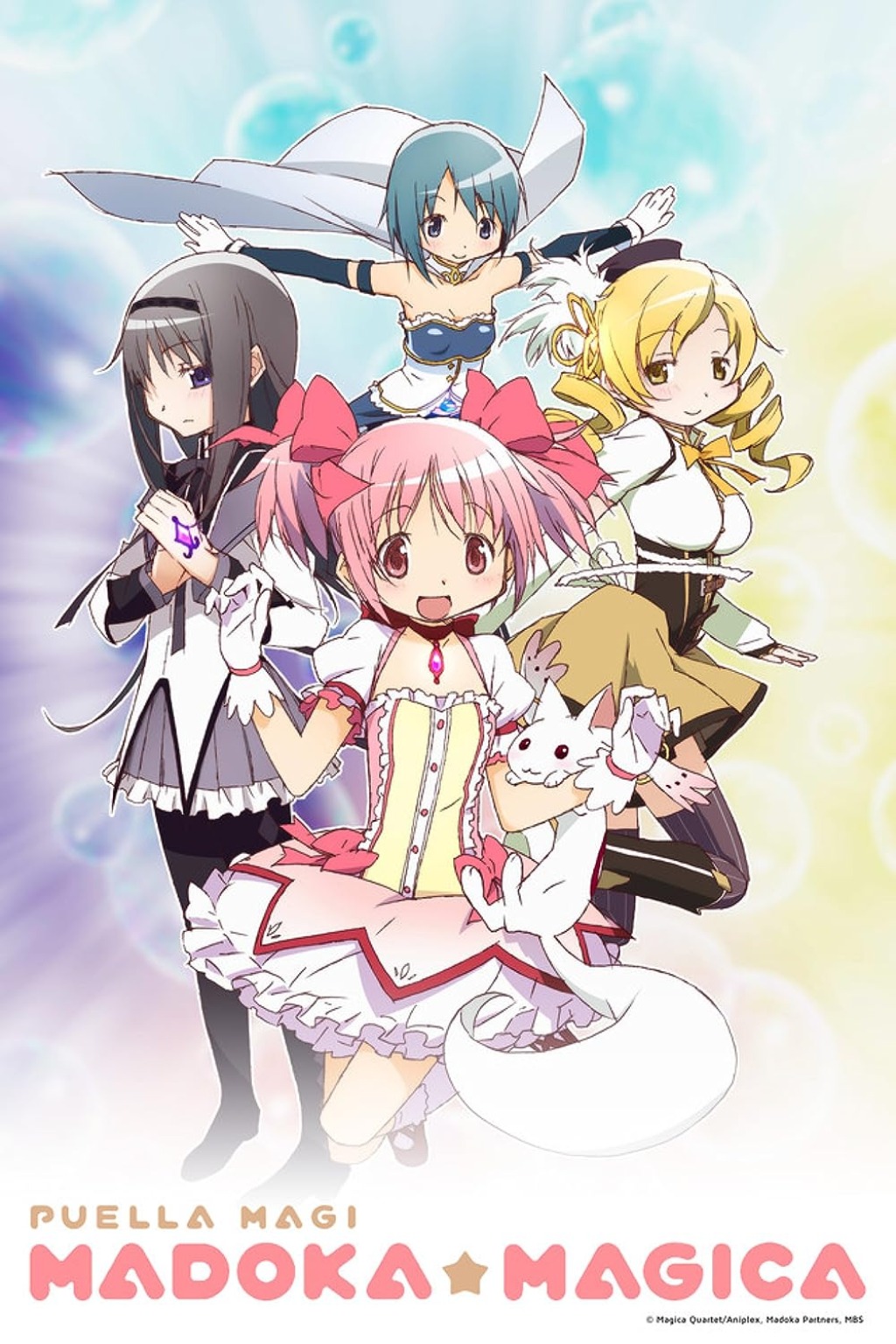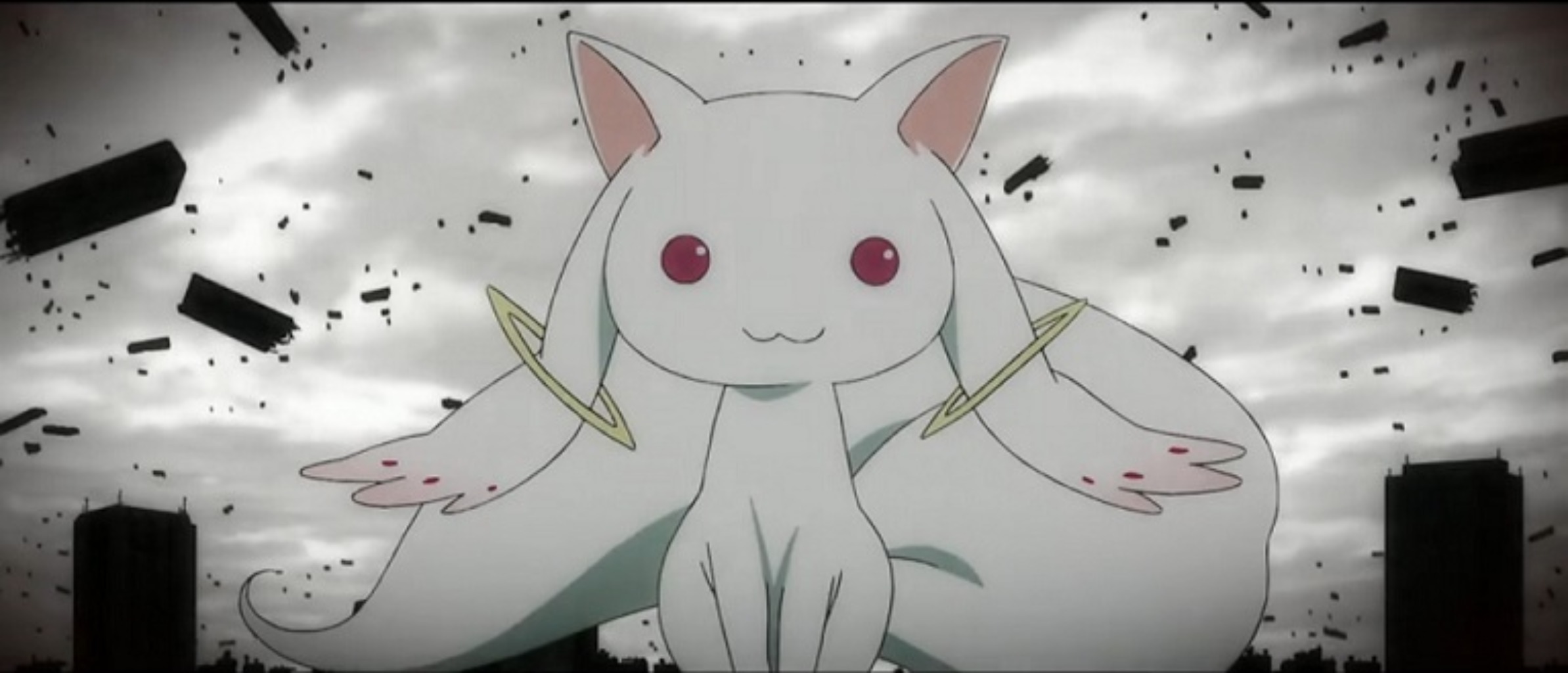Last week we discussed what exactly low fantasy is and I offered some book recommendations that will help you to better understand the subgenre. But I understand that a lot of you writers out there are busy and may not have the time to read a heap of books in preparation for writing your low fantasy novels. So this week and next week we’ll be talking about low fantasy TV shows and movies you can watch to see this type of storytelling at its best. That way, even if you only have a handful of hours to spare in your busy schedule, you can still get the jolt of inspiration you need.
This post will show you that a broad range of works with different tones and time periods can fall under the low fantasy umbrella. As always with my ongoing TV show and movie series, I’ll dive deep into the beginning of the first episode of each show to help dissect what makes them so great.
Here are three low fantasy TV shows you can study to improve your writing.

Buffy the Vampire Slayer: Dialogue
Where to watch it: Hulu
Buffy the Vampire Slayer is a supernatural drama that aired from 1997 until 2003. It is based on the 1992 film of the same name. The show revolves around Buffy Summers, the latest in a long line of young female “Slayers” who are chosen by fate to slay vampires, demons, and other dark creatures. There’s much to admire about the show—it features tight pacing, well-developed characters, and inventive worldbuilding. But one of the most enjoyable aspects of the show is the wisecracking, whip-smart dialogue.
A voiceover at the beginning of the first episode states that in every generation, there is a Chosen One who will alone stand against vampires, demons, and forces of darkness: the Slayer. We then see Sunnyvale High School at night, where a teenage boy and girl break in. The boy reveals that he used to go to school here and that there’s a great view on top of the gym. The girl says she doesn’t want to go up there, fearing they’ll get in trouble. She feigns hearing a noise and being frightened, only for her to transform into a vampire and bite the boy’s neck.

After the credits, we shift to Buffy in bed dreaming of graveyards and monsters. She wakes up to a bedroom full of partially unpacked boxes and her mother encourages her to get up so she won’t be late for her first day. Her mother drops Buffy off outside school, where her mother says she’ll make friends right away if she thinks positive, and Buffy promises to try not to get kicked out. Xander plows through his classmates on his skateboard and notices Buffy, causing him to run into a railing. Willow arrives and Xander asks her for help with homework. She agrees and recommends he check a book out from the library, “where the books live”. After some speculation about the new girl, we then move to Buffy in the principal’s office. The principal reveals that she burned down the gym in her old school, which Buffy stops herself from saying was full of vampires.
This show gets off to a fun, witty start by quickly introducing its vampire baddies and its heroine, who clearly fights them. It does a fantastic job of explaining backstory and relationships through dialogue—that Buffy is new in town and was kicked out of her old school for burning down the gym (which, unknown to the school, she did to save others from vampires). The banter between Xander and Willow also shows how close their friendship is. Like another Joss Whedon creation, The Cabin in the Woods, this show uses clever dialogue to meld together horror and humor in a unique, exciting way.

I Dream of Jeannie: Humor
Where to watch it: Amazon Prime
Now we’re going to step into our time machines and focus on the fantasy sitcom I Dream of Jeannie, which aired from 1965 to 1970. It follows astronaut Captain Tony Nelson after he accidentally lands on a deserted island in the South Pacific and encounters a beautiful genie who falls in love with him at first sight. I grew up watching I Dream of Jeannie on “Nick at Nite” and was delighted by the light humor of this romantic comedy.
We open on Tony in a spacesuit getting ready to go off on a mission. It is revealed that Tony is due to get married when he comes back. A rocket misfires, leaving Tony stranded on a deserted island. He’s spelling out “SOS” with random debris but when he tries to put a bottle in place, it keeps rolling away from him of its own accord. He opens the bottle and rubs it, releasing a beautiful, Persian-speaking woman. She walks toward him and gives him a kiss on the lips. “I must have gone further into orbit than I thought,” Tony remarks.

After the credits, Tony tries to get Jeannie to grant him a wish so he can get rescued, but she doesn’t understand him. He pantomimes an airplane but instead, she makes a bird appear on his arm. After she summons and removes an old-fashioned ship, Tony wishes Jeannie could speak English and suddenly she can. Then she’s able to make a helicopter appear. Knowing he’d never be able to explain her existence to everyone back home, he tells Jeannie that he’s setting her free. But while he’s being rescued by his friends, she re-enters her bottle and rolls it into his duffle bag so she can accompany him home.
Even after many years, the comedy of this show definitely holds up for me. The way Jeannie hangs on Tony is deeply amusing, as are her attempts to grant his wishes when they can’t understand one another. I Dream of Jeannie can teach you a lot about how to keep your low fantasy light and fun—or at least have some light, fun moments. It may also inspire you to research mythology for ideas.

Puella Magi Madoka Magica: Handling Mature Themes
Where to watch it: Hulu
Puella Magi Madoka Magica, more commonly known as simply Madoka Magica, is a fantasy anime which aired in 2011. It tells the story of a group of middle school girls, including protagonist Madoka Kaname, who are invited by a strange, cat-like creature named Kyubey to make contracts to become “magical girls” and battle surreal enemies known as “witches” (they are not traditional spellcasting witches, though, despite the name). What at first seems like a weirder version of Sailor Moon (another low fantasy to check out) grows into something much darker and more heart-wrenching. These characters must experience deep despair and loss, and figure out how to deal with it for themselves.
We open on Madoka running down a hallway with checkered floors and walls. Her black-and-white surroundings are surreal and unsettling. Then she finds herself outside under a gray sky where a black-haired girl is battling a witch. Kyubey sits nearby and points out that one person can’t handle this battle alone. Madoka is visibly distressed, and Kyubey tells her that she has the power to change the girl’s destiny by making a contract with them to become a magical girl. Then Madoka wakes up in bed.

After the credits, she greets her father who is gardening, and helps her little brother to wake her mother, who is clearly not a morning person. Madoka gets ready for school and discusses her friends’ love lives with her mother. The family has breakfast together then Madoka heads off to meet her two best friends and walk to school. At school, the teacher introduces a beautiful new student named Homura Akemi, and Madoka recognizes her as the girl from her dream.
This anime does a magnificent job of giving the viewer just a taste of the true darkness at the center of its story before shifting to lighthearted scenes of Madoka with her friends and family. It also shows that you don’t have to shy away from heavy subjects like death and tragedy just because your characters are young adults. I don’t want to say too much more for fear of spoiling this wonderful show—it’s full of twists and turns—but highly recommend giving it a try as part of your low fantasy research.
Tune in next week when we’ll be discussing low fantasy movies!
Soak Yourself in Fiction
Follow us on Facebook | Instagram | Twitter | Discord